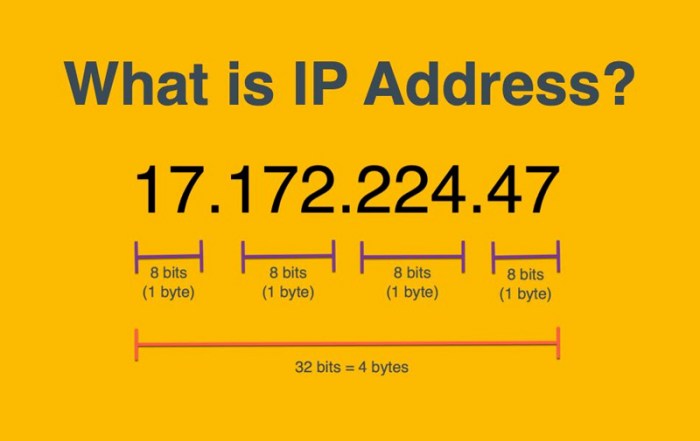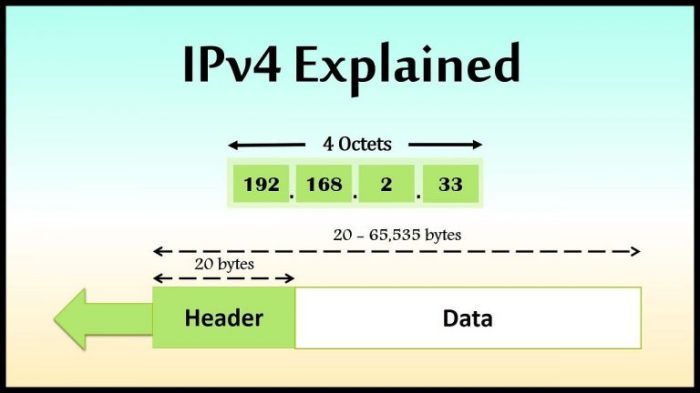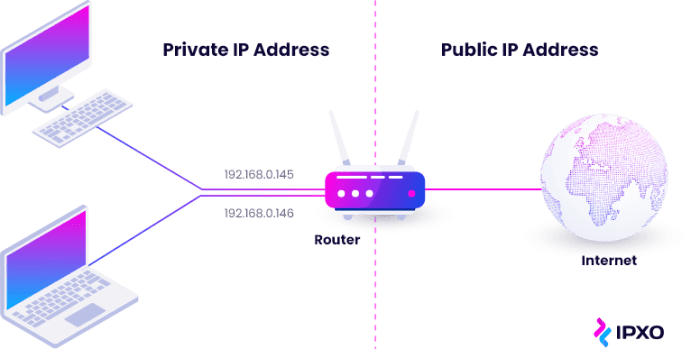Select the statements that are true regarding ip addresses. – Delving into the realm of IP addresses, this comprehensive guide unveils the intricacies of this fundamental aspect of internet communication. IP addresses, the unique identifiers assigned to devices connected to a network, play a pivotal role in facilitating seamless data transmission and ensuring network security.
This exploration will delve into the purpose and types of IP addresses, unravel the hierarchical structure that governs their allocation, and illuminate the process of IP address subnetting. Furthermore, we will examine the mechanisms of IP address routing, shedding light on the role of routers and the various routing protocols employed.
IP Address Basics

An IP address (Internet Protocol address) is a unique numerical label assigned to each device connected to a computer network that uses the Internet Protocol for communication. It serves as an identification and location address for the device on the network.
There are two main types of IP addresses: IPv4 and IPv6.
IPv4 Addresses, Select the statements that are true regarding ip addresses.
- 32-bit addresses
- Written in dotted-decimal notation (e.g., 192.168.1.1)
- Limited address space (approximately 4.3 billion addresses)
IPv6 Addresses
- 128-bit addresses
- Written in hexadecimal notation (e.g., 2001:0db8:85a3:08d3:1319:8a2e:0370:7334)
- Vastly expanded address space (approximately 3.4 x 10^38 addresses)
IP addresses are organized hierarchically into networks and subnetworks. The first part of an IP address identifies the network, while the remaining parts identify the specific device on that network.
FAQ Summary: Select The Statements That Are True Regarding Ip Addresses.
What is the purpose of an IP address?
An IP address serves as a unique identifier for devices connected to a network, allowing them to communicate and exchange data.
What are the different types of IP addresses?
The two main types of IP addresses are IPv4 and IPv6. IPv4 addresses consist of four octets, while IPv6 addresses consist of eight hexadecimal groups.
What is IP address subnetting?
IP address subnetting is the process of dividing a large network into smaller subnetworks, allowing for more efficient IP address management and improved network performance.



